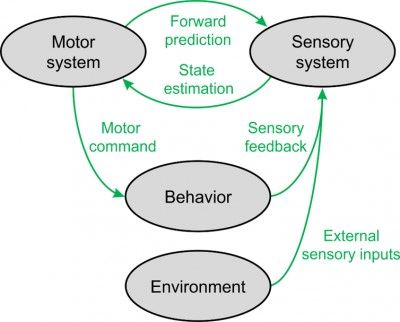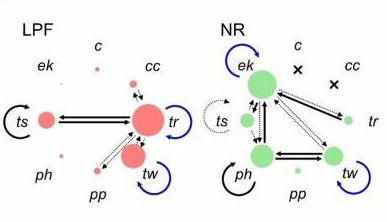AG Hage
We aim to understand the neuronal mechanisms underlying social communication with a focus on vocal communication. The main goal of our research is to understand, how audio-vocal integration mechanisms are modulating vocal production and vocal perception as well as how cognitive and motivational processes are involved in vocal behavior. Furthermore, we investigate how developmental processes affect vocal output. We use combined psychophysical, neuroethological and neurophysiological methodologies to tackle our questions.
Please visit also this page: Vocal Communication
Leitung
Head of the group

Contact
Social Communication Group
Department of Otolaryngology - Head and Neck Surgery
University Hospital Tübingen
Elfriede-Aulhorn-Str. 5
72076 Tübingen, Germany
und
Werner Reichardt Center for Integrative Neurosciences
University of Tubingen
Otfried-Müller-Str. 25
72076 Tübingen, Germany
Forschungsschwerpunkte
Areas of Research
Teaching
Vocal production mechanisms
Few questions in biology are as difficult and controversial as the evolution of human speech and language, and the emergence of essential speech and language brain structures such as Broca's area in the lateral frontal lobe. This is because human language vastly outperforms any mammalian communication system in scope and flexibility, with seemingly no counterpart in the animal kingdom, even among hominids.
Using a broad range of neurophysiological, neuroethological and psychophysical methodologies we aim to decipher the vocal production mechanisms in animals and humans. We are particularly interested in investigating building blocks of vocal communication system in animals that give ultimately rise to human speech.
Audio-vocal integration mechanisms
The vocal motor system gets input from auditory structures on several brain levels to ensure proper vocal output. While audio-vocal integration is crucial for proper speech in humans as well as for animal vocalization, their underlying neural networks is yet poorly understood. Using a broad range of neurophysiological, neuroethological and psychophysical methodologies we aim to decipher audio-vocal integration mechanisms in animals and humans. We are particularly interested in investigating the common and distinguishing principles of audio-vocal integration systems in animals and humans.
Vocal development
Vocalizations of human infants undergo dramatic changes across the first year by becoming increasingly mature and speech-like. Human vocal development is partially dependent on learning by imitation through auditory feedback between infants and caregivers. Consequently, deteriorations on vocal perception side such as congenital deafness or hearing loss lead to severe disturbances in speech production. Recent studies have revealed that vocal development is also influenced by parental feedback in a few mammalian species, suggesting similar vocal learning mechanisms.
We aim to investigate the role of auditory and social feedback on proper vocal development in animals and humans using a broad range of neurophysiological, neuroethological and psychophysical methodologies.
Certificates and Associations

Focus: Top National Hospital 2025

Stern: Germany's Outstanding Employers in Nursing 24/25

Quality partnership with the PKV

Family as a success factor

Pension provision for the public sector









